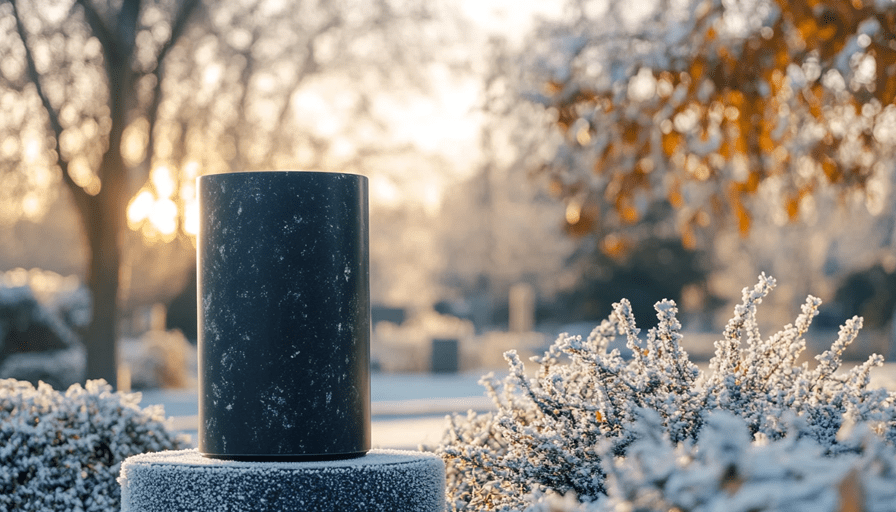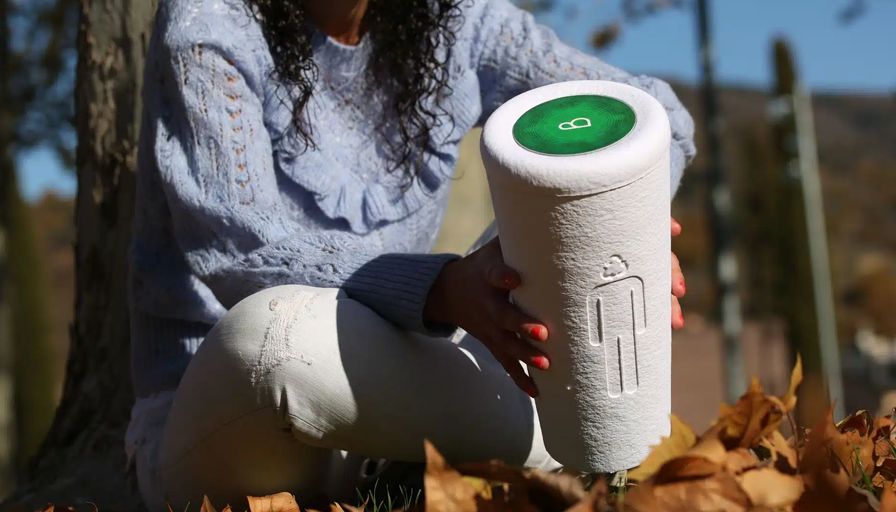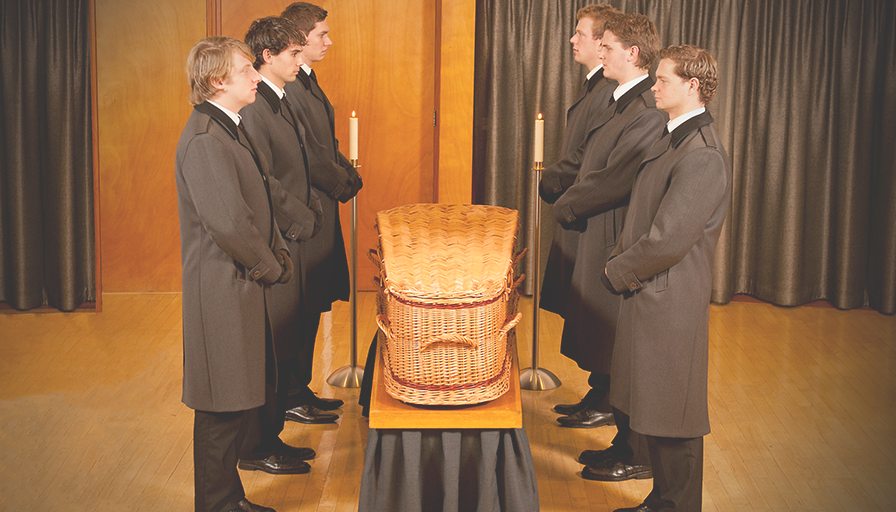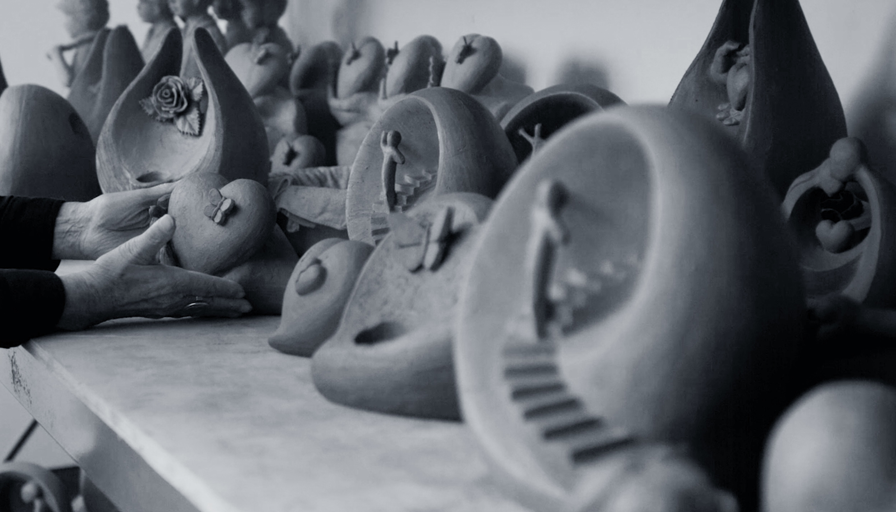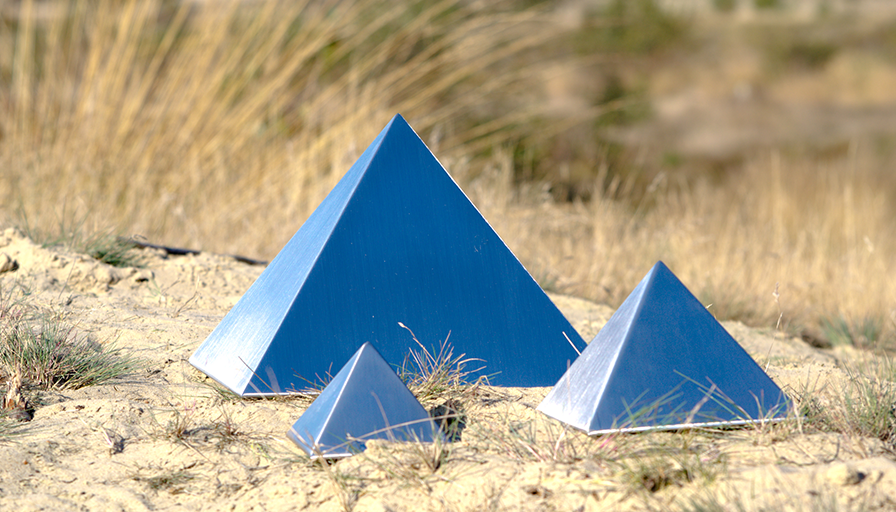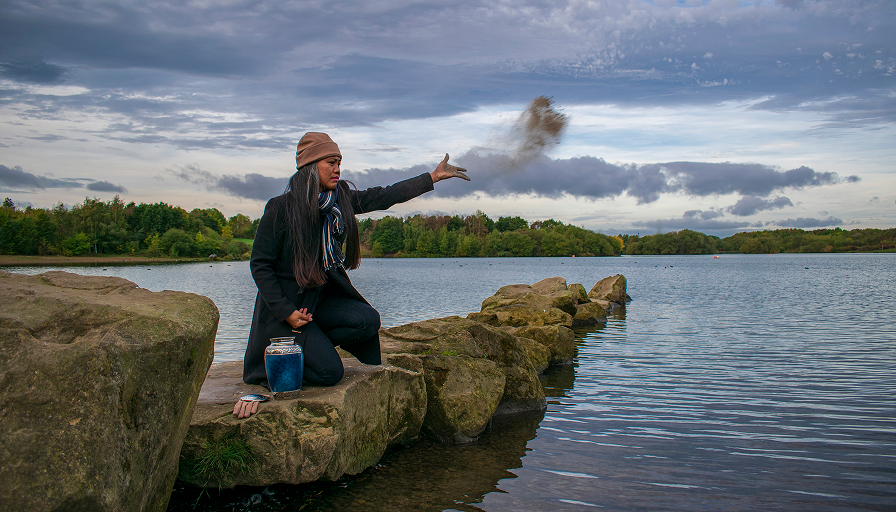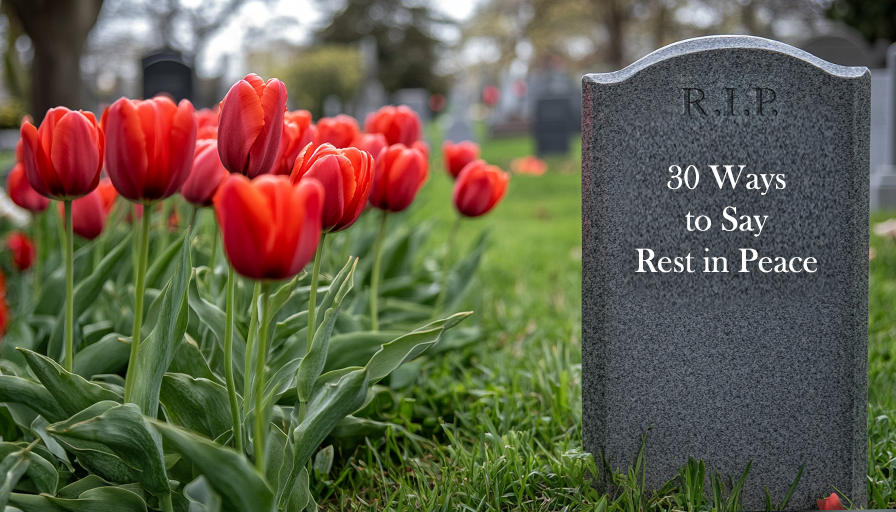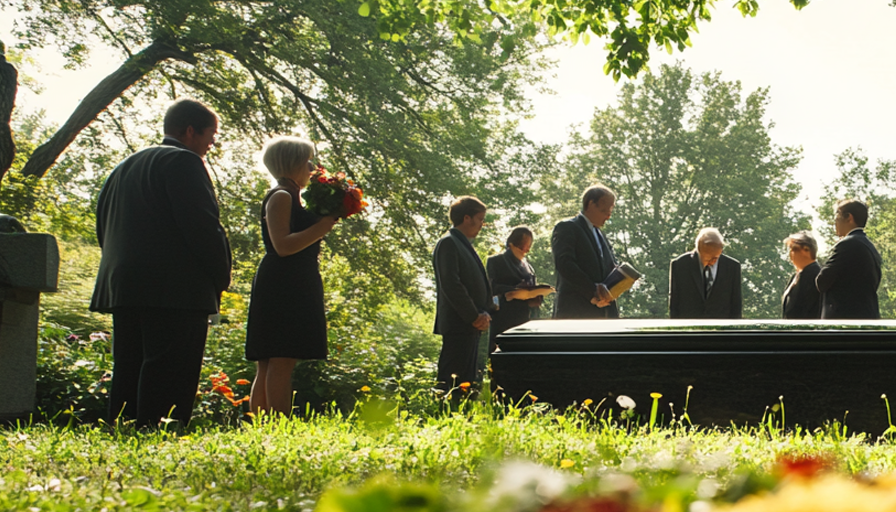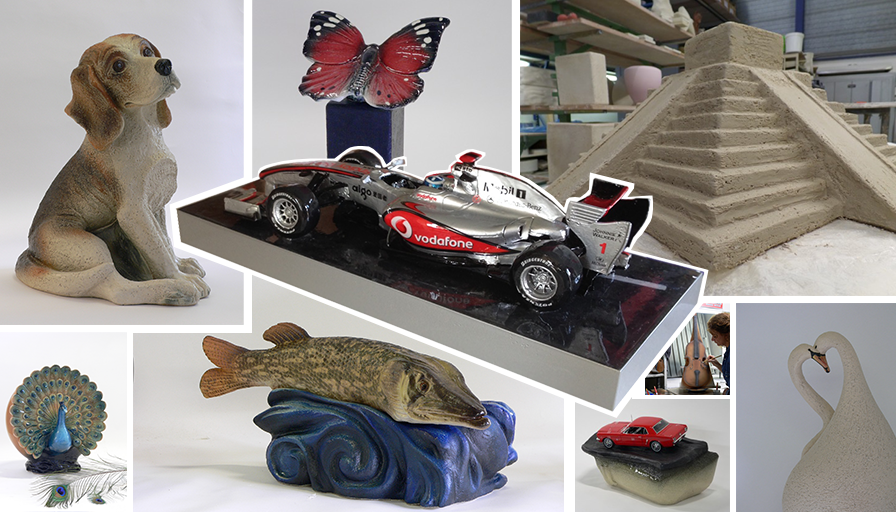Why You Shouldn't Glue Outdoor Urns to the Surface
Choosing an outdoor location for an urn often reflects a personal wish to create a beautiful and dignified final resting place for a loved one. Urns are commonly placed in memorial gardens, columbariums, urn graves, or integrated into existing monuments. Increasingly, people choose to place an urn in their private garden, often displayed prominently on a pedestal, near a memorial stone, or within a dedicated urn monument.
A crucial aspect often overlooked is how the urn is secured. At first glance, gluing or sealing an urn to the surface seems practical, but it often causes problems over time.
Why do people glue cremation urns?
The rationale behind gluing an urn is understandable. People aim to prevent the urn from shifting or tipping due to strong winds, rain, or accidental contact. Additionally, there’s the unfortunate risk of theft, especially with certain metal urns. Securely attaching the cremation urn to the surface with glue or sealant appears to offer a reliable solution.
However, what seems initially beneficial can often cause damage due to moisture accumulation, limited airflow, and resulting frost damage or oxidation. Here's why:
Moisture issues when gluing urns
When an urn is glued directly to the surface, a permanent seal forms between the urn and the surface. This seal blocks moisture and rainwater from draining or evaporating, allowing water to accumulate underneath and around the base of the urn. Depending on the porosity of the material, the urn may absorb moisture even if made of frost-resistant ceramics, marble, or granite.
Frost damage
In colder months, moisture beneath a glued urn can freeze. Since water expands when freezing, significant pressure builds on both the urn base and the adhesive layer. Additionally, UV exposure and interactions between moisture and cremation ashes (calcium-based) can discolor ceramic and natural stone urns, causing flaking and cracking over time.
*We recommend using a cremation ashes urn bag. This ensures the ashes remain intact, even in worst-case scenarios.
Oxidation and rust
Another consequence of moisture build-up is oxidation (rust), particularly with metal urns like stainless steel (especially RVS 304 and, to a lesser extent, RVS 316). Although stainless steel is known for durability, it’s not entirely corrosion-proof.
Prolonged exposure to moisture, especially near coastal areas without proper ventilation, can lead to surface corrosion and deeper rust issues.
The importance of air circulation for outdoor urns
Ensuring adequate air circulation around and beneath the urn prevents the problems mentioned above. Elevating the urn slightly allows air to circulate freely and moisture to evaporate naturally.
Good airflow prevents moisture accumulation and promotes quicker drying after rain or dew, significantly extending the urn’s lifespan by protecting it from moisture, frost, and oxidation damage.
Why plastic feet are a better solution
The simplest and most effective method to ensure sufficient airflow is using plastic feet. These small, discreet feet raise the urn slightly off the surface.
Plastic feet are easy to attach to virtually any urn, whether ceramic, granite, or stainless steel, without damaging the urn. Ensure the feet are high-quality, UV-resistant, and weatherproof for durability.
- Tip! Plastic feet are available at any DIY store.
- Tip! In the past, we’ve created screw pins for stainless steel and bronze urns, welded to the urn and fixed to the monument.
- Tip! Carefully check product descriptions to confirm if an urn is suitable for outdoor placement. We recommend urns made of granite, stainless steel, or bronze.
*For more information about suitable outdoor cremation urns for ashes, click here.
Summary
While gluing outdoor cremation urns initially seems beneficial due to stability, practical experience shows it can eventually cause damage. Glued ceramic and stone cremation urns are susceptible to frost damage, and metal urns can corrode due to inadequate ventilation.
Using simple plastic feet keeps your cremation urn dry, improves air circulation, and helps preserve a beautiful, undamaged memorial. This ensures your loved one has a dignified, lasting resting place outdoors, preserved for generations.
Do you have further questions or feedback after reading this blog? We're happy to help! Please contact us through our contact form, and we'll gladly answer your questions or offer additional support.

